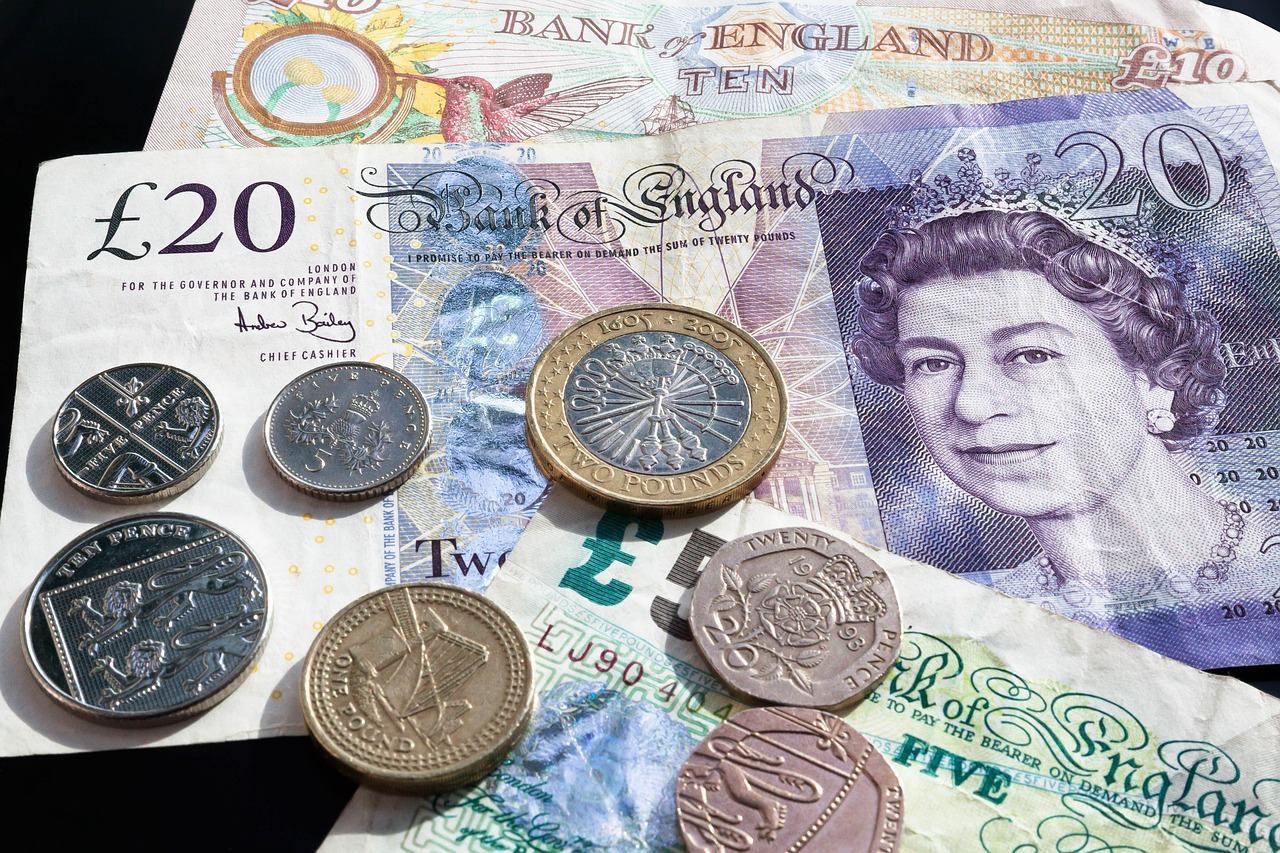As the world continues to grapple with the economic impact of COVID-19, uncertainty has become a constant companion. Businesses are struggling, unemployment numbers are skyrocketing, and consumer confidence is at an all-time low. In times like this, it’s easy to feel overwhelmed and powerless. But there’s good news: The Federal Reserve System – commonly known as “the Fed” – has a plan to help navigate these turbulent waters and ensure stability in our economy. In this post, we’ll explore what that plan entails and how it can help us weather the storm of economic uncertainty. So buckle up and join us on this journey!
The current economic situation
The current economic situation is one of uncertainty. The Fed’s plan is designed to help ensure stability in the face of this uncertainty. The Fed’s plan includes a number of measures that are intended to provide support to the economy and promote stability. These measures include:
– Providing liquidity to the financial system
– Promoting lending and investment
– Supporting the housing market
– Helping to ensure orderly markets
The Fed’s plan to help stabilize the economy
The Federal Reserve’s plan to help stabilize the economy is two-fold: first, they will continue to provide liquidity to the system through asset purchases and lending programs; and second, they will work with other agencies to implement policies that will promote economic growth.
The Fed’s asset purchase program has been successful in keeping markets functioning and preventing a complete collapse of the financial system. They have also implemented lending programs that have provided banks with the capital they need to keep lending.
The Fed’s second goal is to promote economic growth. To do this, they are working with other agencies to create policies that will encourage spending and investment. One example of such a policy is the recently announced tax cuts for businesses and individuals. By increasing disposable income, these tax cuts should help spur economic activity.
How the plan will work
Assuming the economy follows the Fed’s expectations, this plan should help keep it stable. Here’s how it will work:
The Fed will use its Treasury holdings to buy $40 billion of agency mortgage-backed securities per month.
It will also continue “ Operation Twist ” – selling $45 billion of shorter-term Treasury securities and using the proceeds to buy longer-term Treasury securities. This should help keep long-term interest rates low.
The Fed plans to keep these programs in place until the outlook for the job market significantly improves.
To help ensure that inflation doesn’t get too far below 2%, the Fed will now link its policy decisions to explicit numerical thresholds rather than calendar dates . For instance, if inflation is running below 2% and is expected to stay there for a while, the Fed may take additional action to boost economic growth.
These steps should provide more clarity and predictability for businesses and households, which will help them make spending and investment decisions. And by keeping long-term interest rates low, the Fed’s actions should support increased borrowing and spending by businesses and consumers.
What the plan means for consumers and businesses
The U.S. Federal Reserve’s recently announced plan to buy $600 billion in Treasury securities over the next eight months is intended to help lower long-term borrowing costs and spur economic activity. The program, known as “quantitative easing,” is similar to the Fed’s earlier efforts to ease the financial crisis that began in 2007.
Quantitative easing can be beneficial for businesses and consumers by helping to reduce the cost of borrowing money, which can lead to increased spending and investment. Lower borrowing costs can also lead to higher stock prices, which can benefit businesses and consumers alike. While there are some risks associated with quantitative easing, such as inflation, the Fed believes that these risks are manageable and are outweighed by the potential benefits of the program.
What the plan means for the future of the economy
The Fed’s plan is designed to help ensure stability in the face of economic uncertainty. It includes a number of measures that will help to promote economic growth and protect against risks.
One of the key aspects of the plan is the establishment of a new lending facility that will provide support to businesses and households during periods of stress. This will help to ensure that companies can continue to invest and hire, and families can keep up with their mortgage payments and other bills.
In addition, the Fed is committed to maintaining its low interest rate policy, which will help to keep borrowing costs low for businesses and consumers. This should help to encourage spending and investment, which will in turn support economic growth.
Overall, the Fed’s plan is intended to provide a measure of stability in an uncertain world. By supporting businesses and households, it should help to reduce the risk of a sharp economic downturn. And by keeping interest rates low, it should provide an environment conducive to growth.
Conclusion
The economic uncertainty that has been created by the pandemic is a daunting challenge, but it can be navigated. Through Federal Reserve’s plan to help ensure stability, we can find ways to safeguard our finances and make sure our economy doesn’t experience too much of an impact. By understanding how to take advantage of this plan and taking steps to protect ourselves financially, we can start to build a brighter future even in uncertain times.




